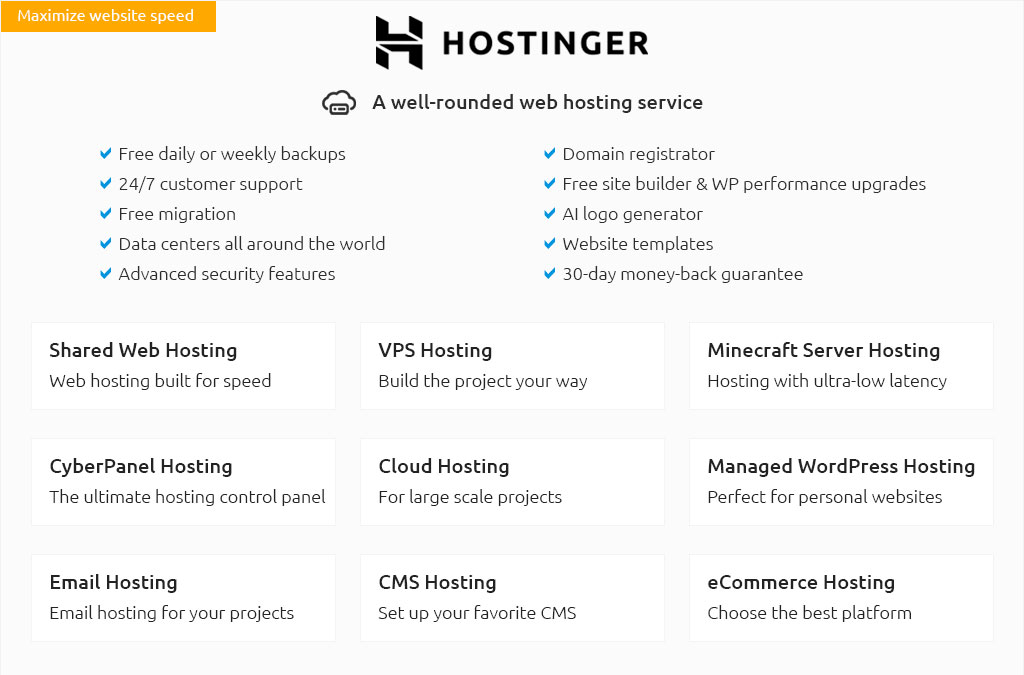 |
|||
 |
 |
 |
|
 |
|
 |
 |
 |
|||
 |
|||
 |
|||
 |
|||
 |
 |
cloud based web hosting explained for real-world projectsWhat it means in practiceInstead of one rented server, your site runs on a pool of machines, scaling up or down automatically. You pay for usage, tap regional failover, and can pair hosting with managed databases, CDNs, and serverless functions. The result is flexible capacity and fewer midnight outages. Common mistakes to avoidYet the cloud is not magic. Treat it like any other platform with budgets, guardrails, and monitoring.
Practical setup tipsStart small, measure, then turn on autoscaling. Use infrastructure as code to make environments repeatable. Apply the principle of least privilege, rotate secrets, and enable WAF or DDoS protection. For speed, put static assets on a CDN and enable compression. With a modest plan and careful tuning, you can scale smoothly without surprise bills. https://www.qa.com/resources/blog/web-hosting-vs-cloud-hosting-whats-the-difference/
Cloud hosting represents storage located in virtual space. Instead of paying for a fixed space on the server, you need to pay for the resources used now. This ... https://verpex.com/blog/cloud-hosting/what-exactly-is-cloud-hosting-and-how-does-it-work
Cloud hosting is great for growing websites. It uses multiple servers for a faster and more scalable service. It's cost-effective and adjusts to traffic ... https://www.knownhost.com/blog/what-is-cloud-based-hosting-definition-benefits/
Cloud hosting refers to a type of web hosting service in which the resources and infrastructure required to host a website or application are spread across ...
|